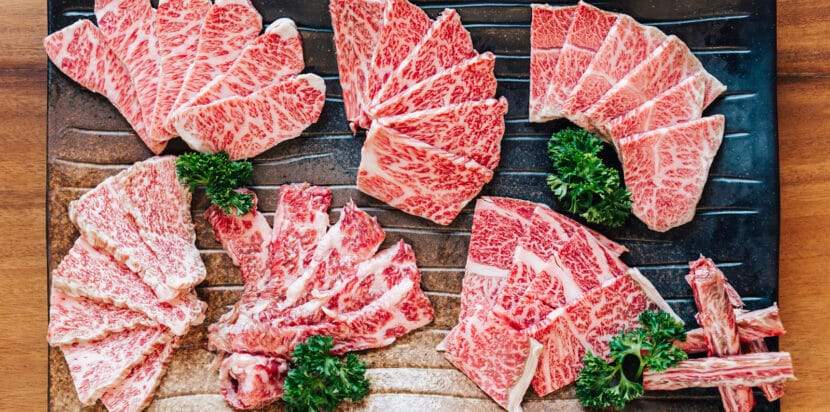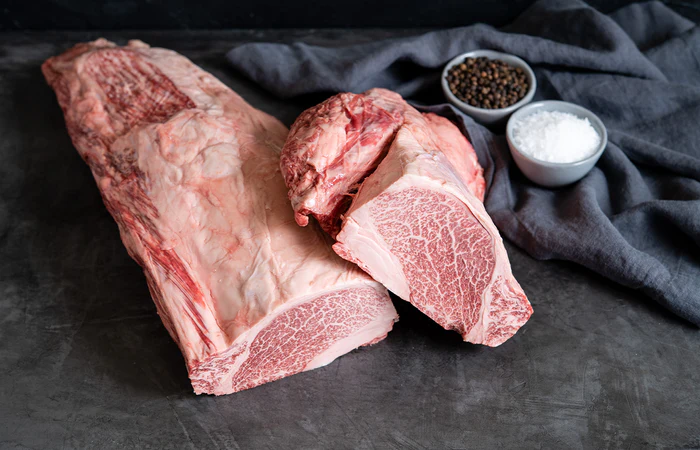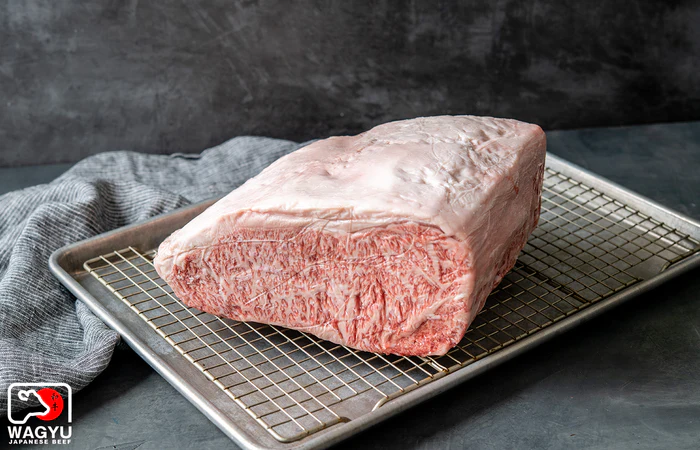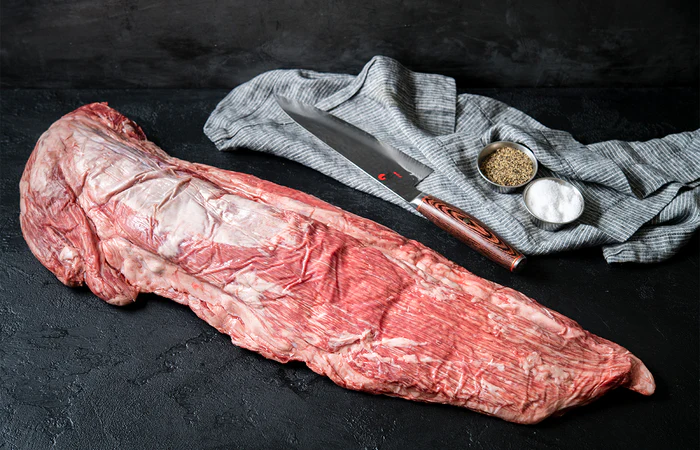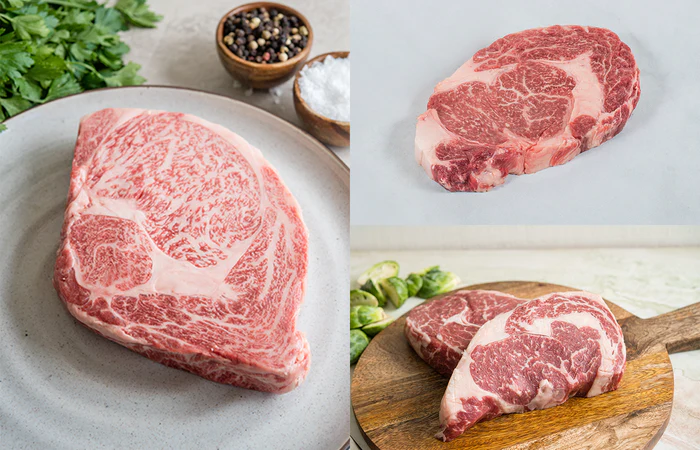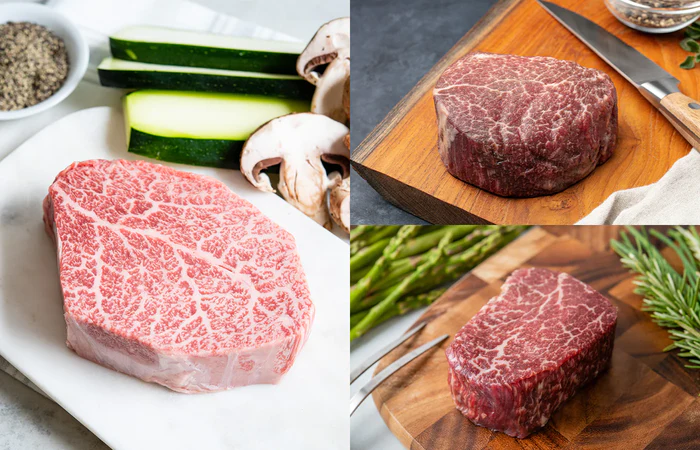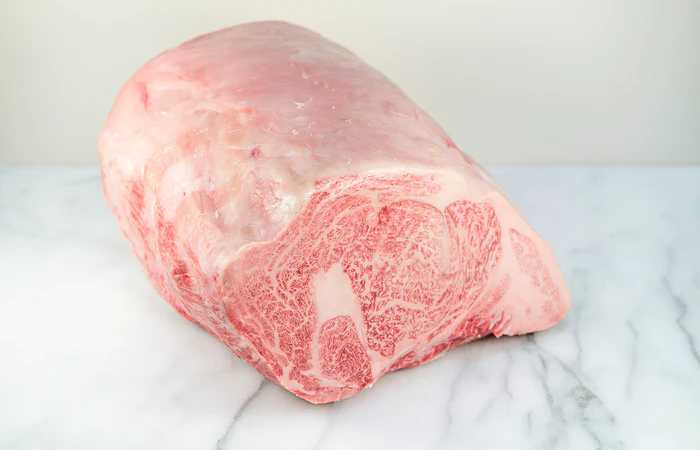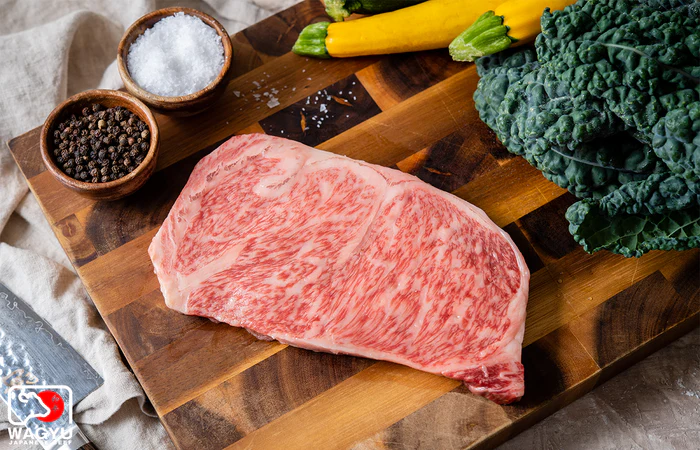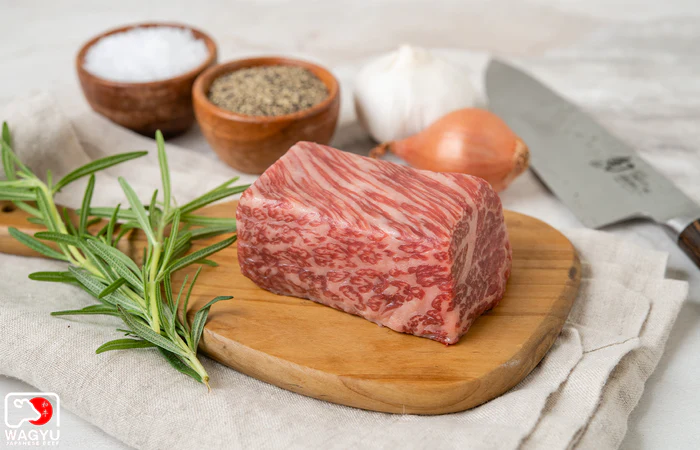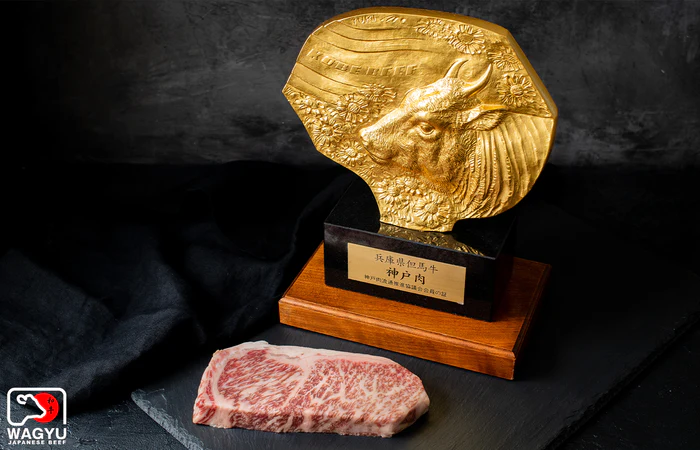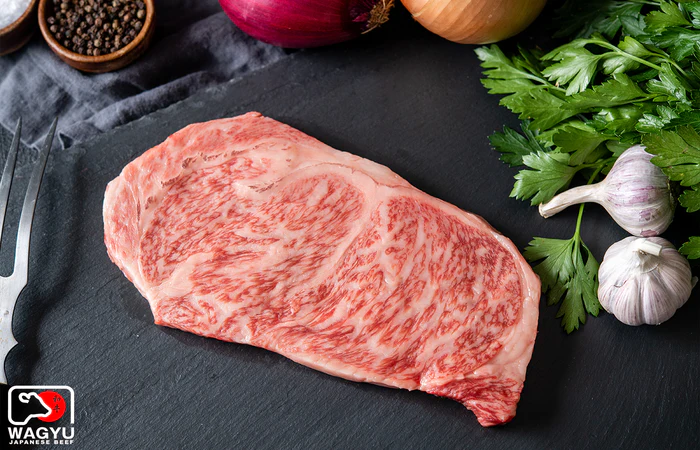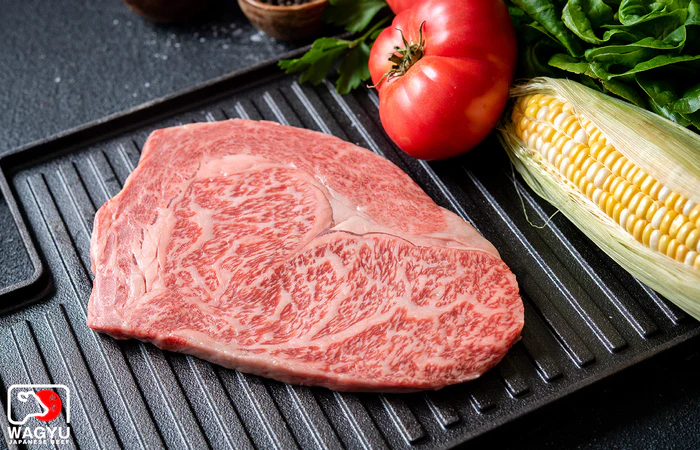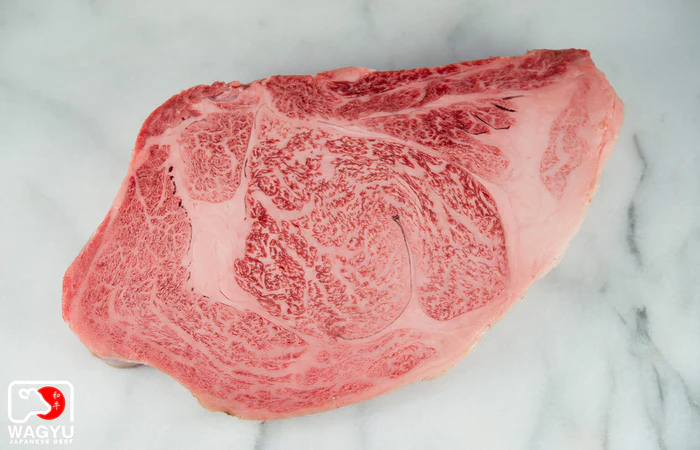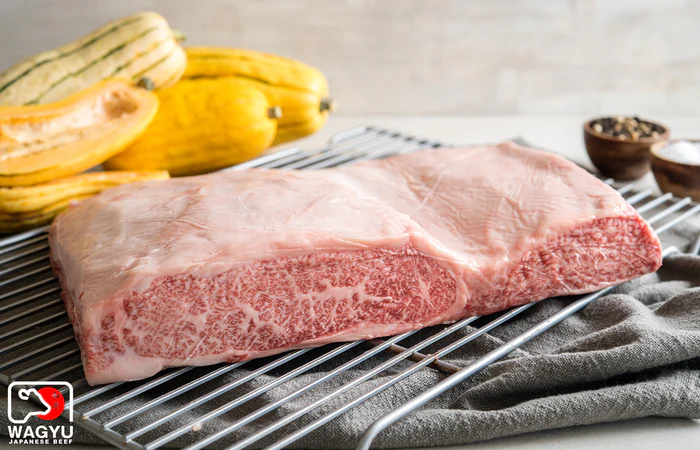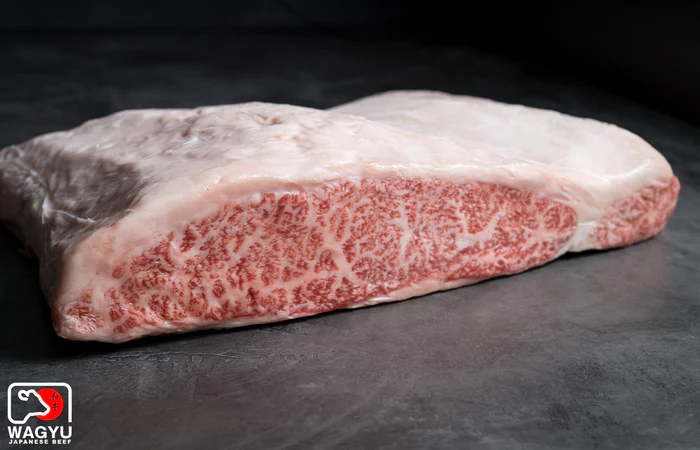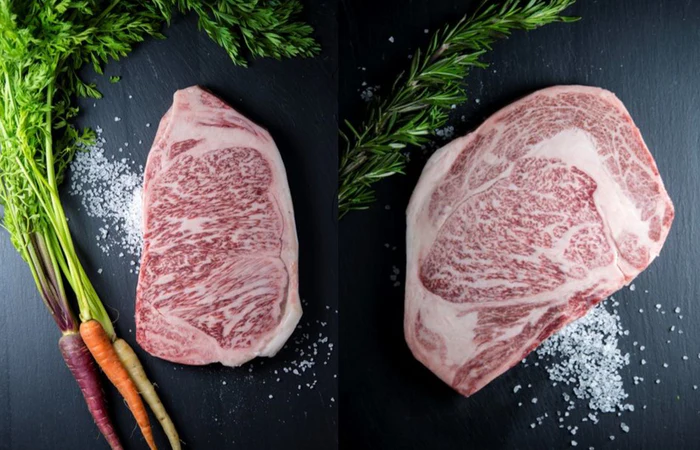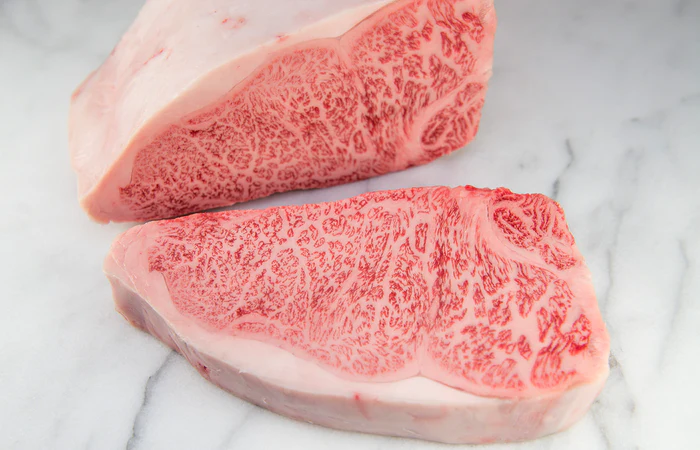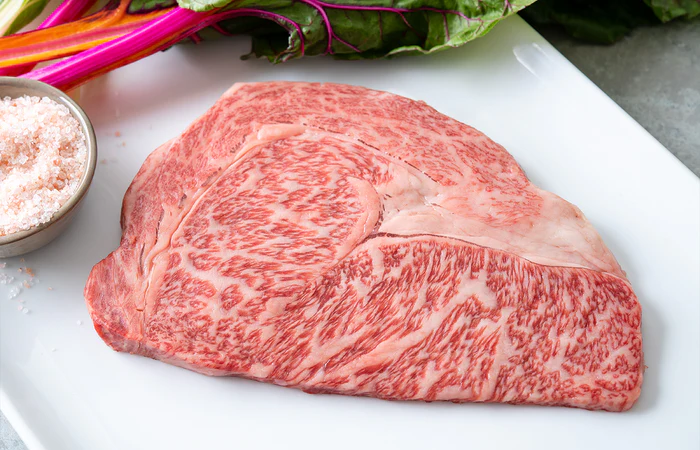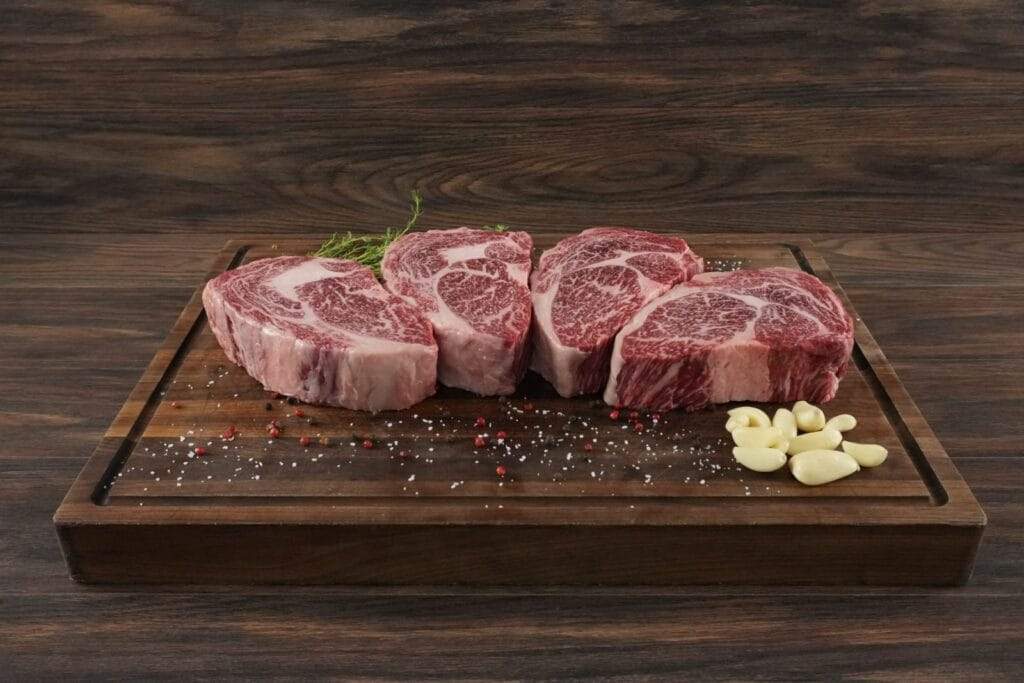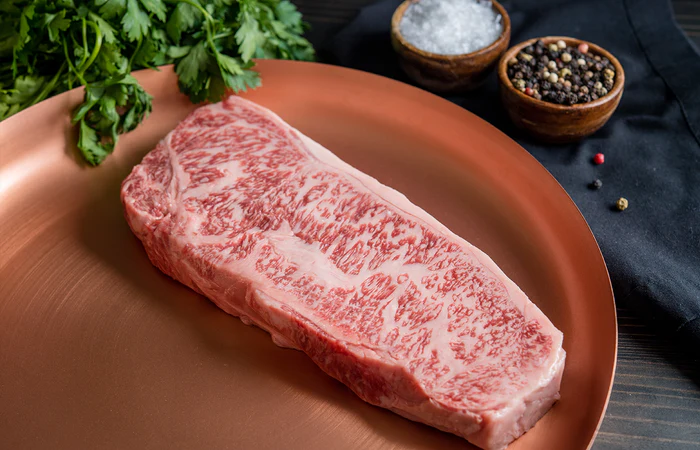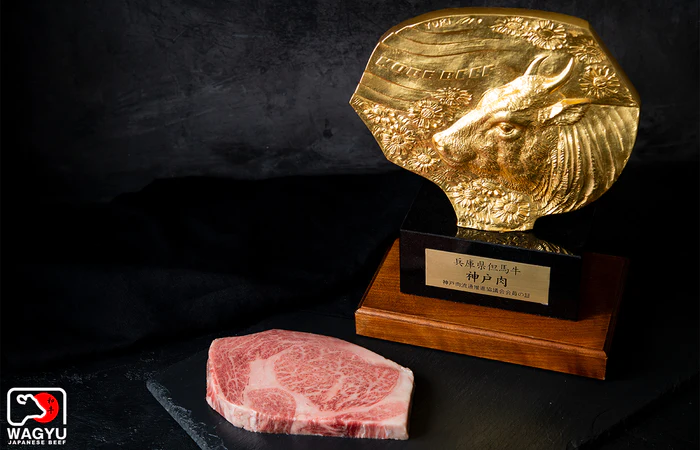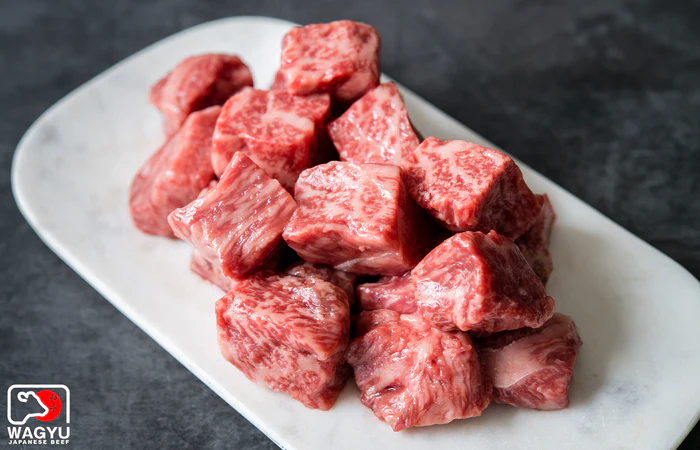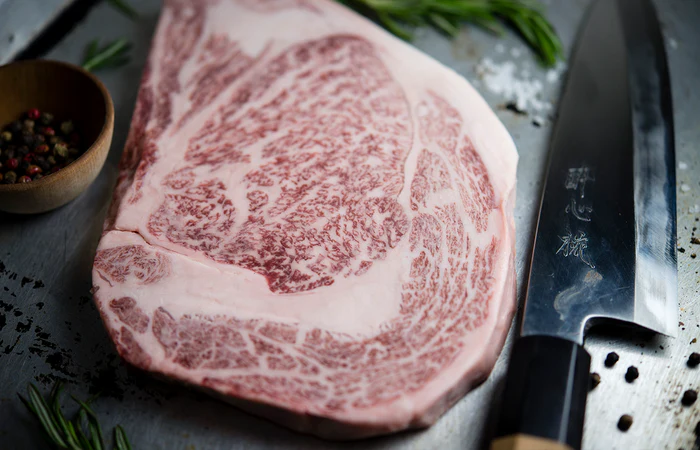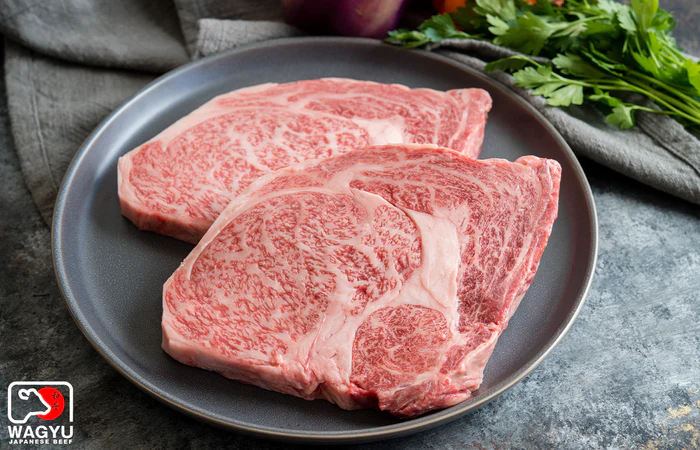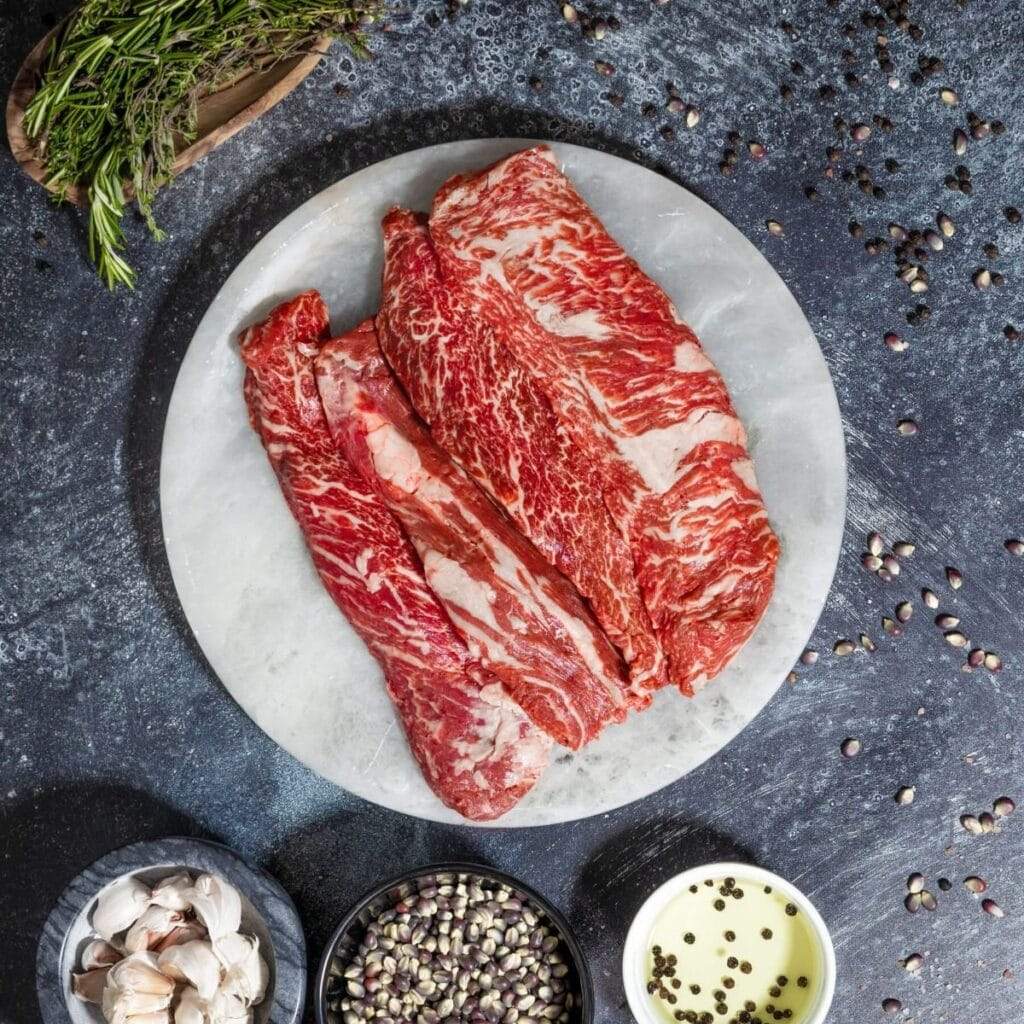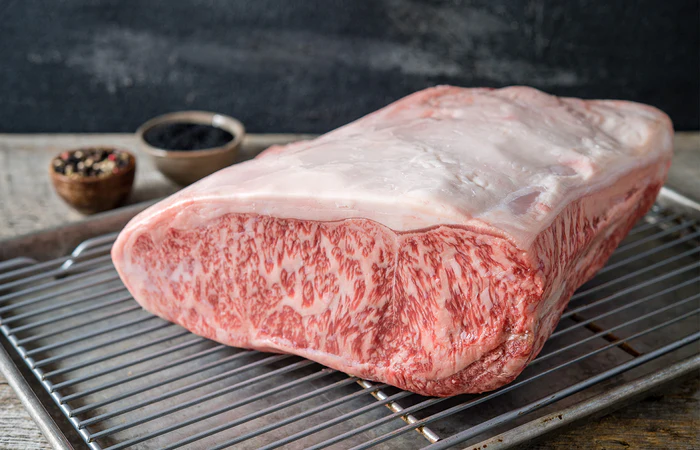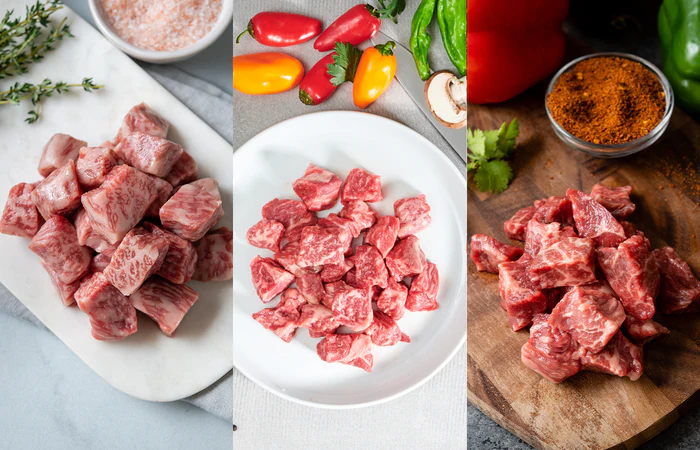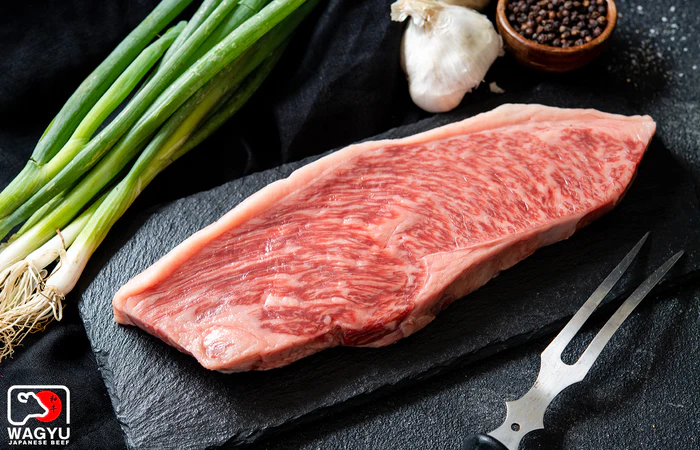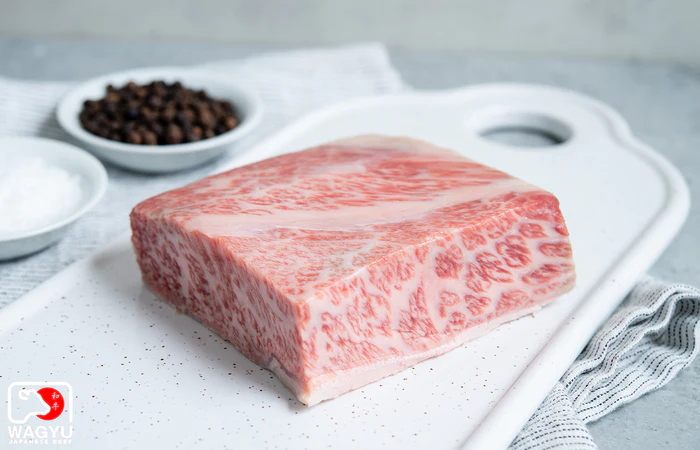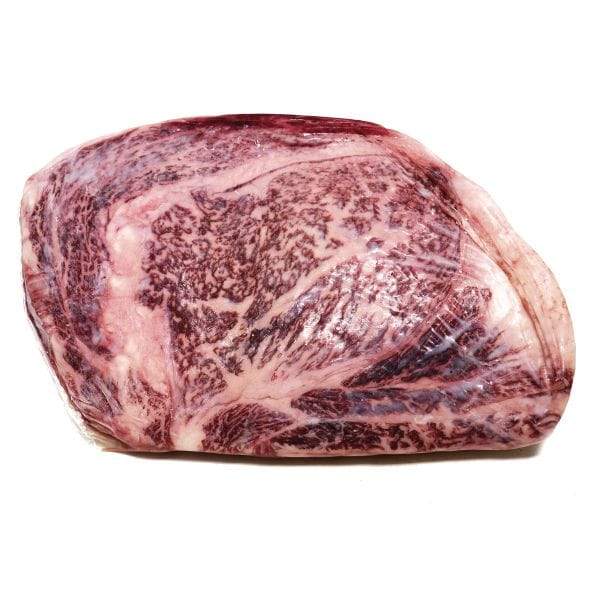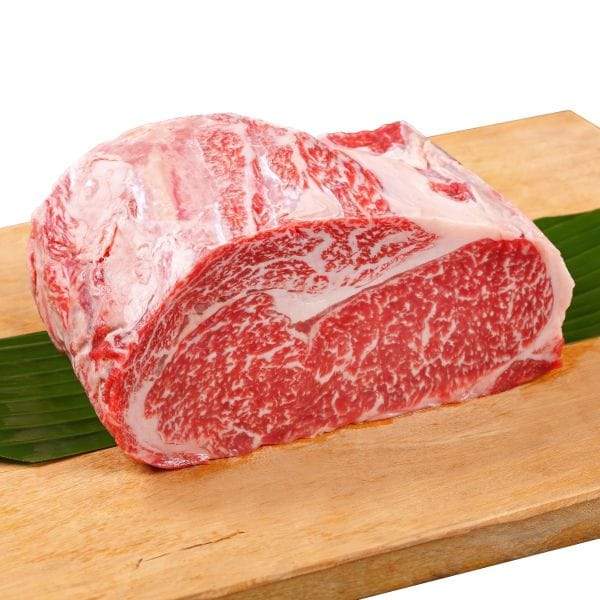Is Kobe Beef Illegal?
Why Kobe Beef Was Once Banned In US
Is kobe beef illegal? is known for being the apex, the pinnacle, and the creme de la creme of red meat, but it is also known for being wildly misunderstood and misinterpreted. How expensive is it? is kobe beef illegal in the US? Is it real or not? These questions have perplexed many over the years, so let’s get to the bottom of at least some of them.
Raising, butchering, and eating Kobe beef is a serious, time-honored tradition, dating as far back as the 1600s in the Hyogo Prefecture in Kobe, Japan, according to Robb Report, and this tradition continues today. Even true Japanese Kobe eaten presently can be traced back to the cattle that was roaming in the 1600s.
Serious Eats notes that the term wagyu can be referring to any of four different Japanese cow breeds. The beef is highly marbled with fat that lends the most amazing flavor to the highly cherished beef. Many say that the uber-fatty beef melts in your mouth and is a luxurious, unctuous flavor.
Some equate the sheer prestige and flavor of Kobe with foie gras, caviar, or the most top-notch wines. That helps explain why, as The Chicago Tribune tells us, kobe beef is a registered trademark in Japan.
Wagyu And Kobe beef For Sale
Miyazakigyu | A5 Wagyu Beef Whole Boneless Ribeye
Pure Wagyu Ribeye Halves BMS 8-9
Hokkaido Wagyu | A5 Wagyu Beef Steak Cubes-Premium Loin (2 pkgs)
Wagyu Butcher’s Selection Package
Miyazakigyu | A5 Wagyu Beef Whole Boneless Striploin
Japanese Wagyu Beef A5 Striploin
Why was Kobe beef banned?
There is a very highly-regarded qualification process that the Japanese government oversees to ensure the absolute most pristine Japanese Kobe. A 2016 Bon Appétit article states that “true Kobe” is sold at only eight restaurants throughout the US — that’s how highly prized the beef is.
“Real Kobe beef” strictly comes from Kobe, Japan, so unfortunately, most of the “Kobe” that people are eating in restaurants or at home isn’t tried and true Kobe. Of course, as Serious Eats points out, the same thing can be said about champagne vs. sparkling wine. Two especially highly rated varieties are Snow Beef from Hokkaido and a5 Kobe, which is revered worldwide. Perhaps it goes without saying, but Kobe is usually very, very expensive; Serious Eats says that a “true” Kobe A5 ribeye will set you back about $350 for a 14-ounce steak. It is also imperative that if you’re shelling out the money for this level of beef, be sure to cook it as properly and correctly as possible.
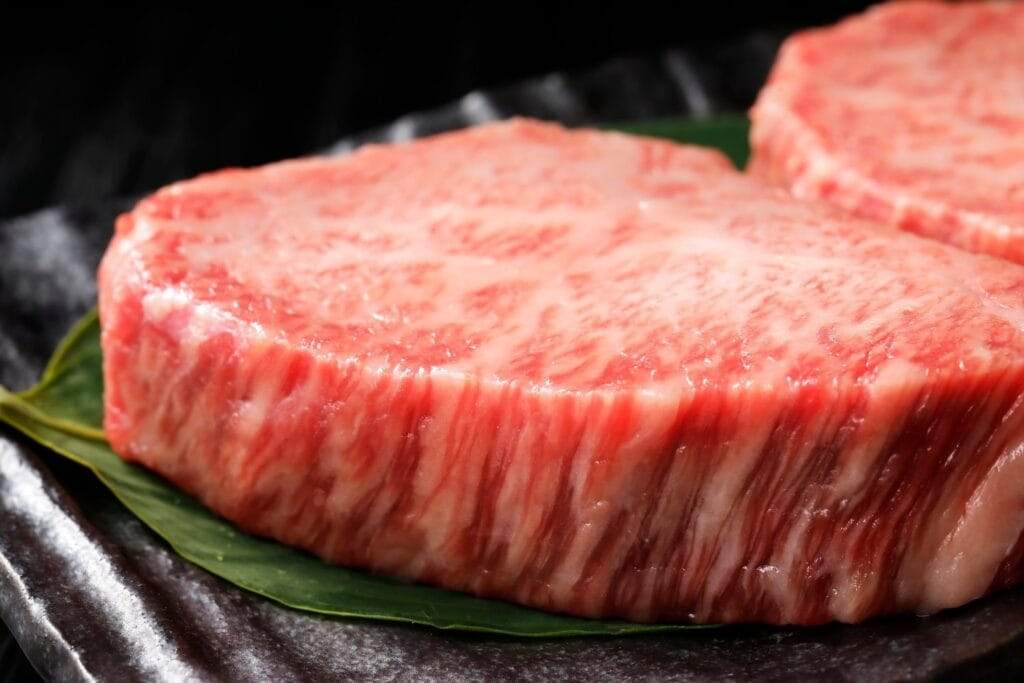
Also bear in mind that with beef this fatty, a little goes a long way.
It was illegal to export Kobe cattle for almost 200 years, according to Free Graze Foods. That changed when two cattle were shipped to America in 1976. Between then and the 2001 US ban, only the most absolutely elite restaurants imported the beef. The US initially banned Kobe beef cattle exporting due to fears of spreading mad cow disease in the early 2000s, and for the next decade, the bans were lifted and reinstated and lifted again, according to NBC News. When it was first banned again after the 2001 ban, many “spinoffs” called American-style or American-brand beef began to pop up, which used meat from cows that were not at all true Kobe, but had a somewhat similar flavor and marbling. On the bright side, they sold much more cheaply and could be produced in the US. Free Graze Foods notes that the USDA does not “permit the use off the term Kobe as an isolated label,” which is why these new variations had to be deemed American-style.
The story of the history, bans, and laws is definitely a bit convoluted, but the indulgence of Kobe beef clearly inspires much devotion.
The Real Reason Kobe Beef Cows Are Sometimes Given Beer
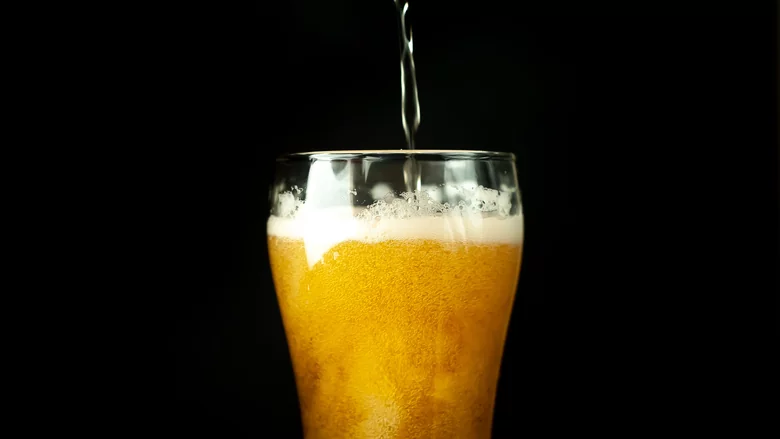
In the culinary world, Kobe beef — originating in Japan and only gaining popularity fairly recently — is widely considered to be the creme de la creme of the beef industry. A subsection of Wagyu beef, which comes with its own luxurious reputation, Kobe is a bit of a legend, known only to those lucky enough to taste its rich flavors. Of course, with anything that’s legendary comes rumors that just aren’t true … or, at least, they’re only true in part.
One of those myths surrounding Kobe beef is that the cows it comes from are sometimes fed beer. While this sounds a bit ludicrous to anyone who’s ever been around a cattle farm, the rumor has gained footing among travel blogs like Notes Of Nomads and even reputable publications including The Japan Times. The beer rumor comes alongside equally eyebrow-raising ideas that the cows are massaged daily with sake to help make up for their lack of exercise, and that the cows hang out while listening to classical music, which is better to soothe their weary bovine souls.
And while all of this seems a bit over the top and unlikely, we can at least confirm that Kobe beef cows are indeed sometimes given beer — just not for the reason you might think.
Beer helps stimulate appetites, including those of cows
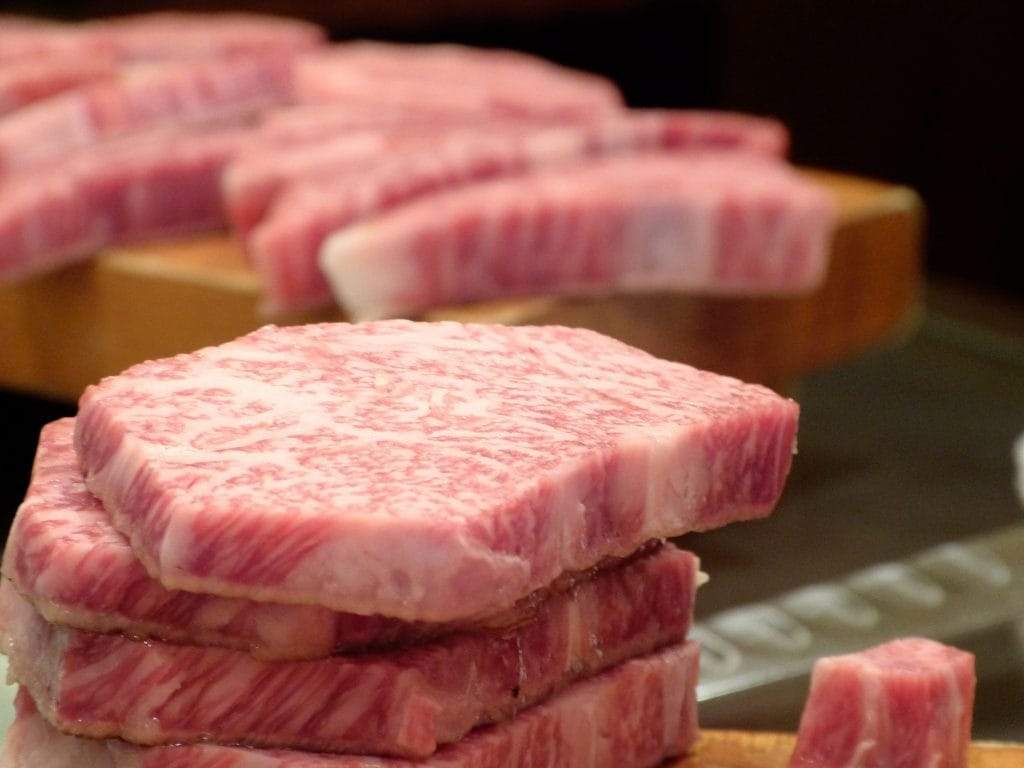
Beer aficionados might scoff at giving up their beloved drink to a cow, while beef-lovers may declare that the beer is necessary in order to get that coveted Kobe flavor and texture. But, beer isn’t necessarily part of any luxurious pampering treatment and it’s not even necessary for this type of beef to reach the high quality attributed to it.
Instead, according to Delish, farmers feed cows beer in the summer months in order to stimulate their appetites (haven’t we all been a little peckish after one too many pints at the pub?). It’s said that the cows are likely to naturally eat less during the warmer months — something that’s not really helpful for achieving that major marbling and melt-in-your-mouth quality that is synonymous with Kobe beef.
In other words, Kobe beef comes from fat cows, and fat cows can’t get that way without a lot of food. So far be it for us to question getting a cow tipsy to encourage them to eat just a few more bites. Though let it be known that standard water is still what these cows are guzzling most often.
Why Is Kobe Beef So Expensive?
Kobe beef may not be the world’s priciest steak, but it’s certainly spendy, retailing even in its native Japan for up to 43,000 yen (the equivalent of $395 a kilo). If you want to purchase real-deal Kobe beef in the U.S. — well, good luck with that, there are only 36 restaurants in the nation that are authorized by the Kobe Beef Marketing & Distribution Promotion Association to even sell the stuff.
According to Menu With Price, New York’s 212 Steakhouse sells Kobe steaks for $22 per ounce, with a minimum of three ounces per order — so, basically, that’s $66 for a tiny little taster, since 3 ounces is a portion size only the USDA could love.
So what makes Kobe beef so wildly exorbitant? According to the South China Morning Post, it’s all about exclusivity. While all Kobe beef is Wagyu, only a tiny fraction of Wagyu beef can be certified as Kobe. As the SCMP characterizes Kobe beef, “It is to the Wagyu industry what Dom Perignon is to champagne.”
What kind of beef can be Kobe?
About 90 percent of all Wagyu beef comes from a breed of cattle called the Japanese Black, but Kobe beef comes from only one of this breed’s primary bloodlines, the Tajima. This small, slow-to-grow breed is prized for having superior meat and high-quality marbling.
In addition to being of Tajima stock, a cattle destined to become Kobe beef must be a heifer (girl cow) or bullock (a boy cow that’s been, er, “fixed”), must be raised by a certified Kobe rancher, and must have been born, raised, and slaughtered within Japan’s Hyogo Prefecture. There are additional regulations regarding the actual grade and quality of the meat itself once it’s been processed — needless to say, only the best tasting beef gets to be Kobe.
The legend of Kobe beef
We’ve all heard the rumors… that Kobe beef cattle are massaged daily, are given beer to drink, and even receive rubdowns with sake while listening to classical music. Are Kobe cattle really that pampered? Well, yes and no, or more like maybe.
None of these are requirements, but beer is thought to stimulate the animals’ appetites in the summertime, while music and massage can decrease tension and stress, which does lead to better-quality meat. Some farmers do actually brush their beasts with sake to soften their coats, but this practice is more rare since it doesn’t really contribute much to the taste of the beef.
So is Kobe beef really worth the hype — and the Benjamins? Some would say yes, some would say no, but frankly, what with only 3,000 head of cattle per year qualifying as Kobe, most of us will never really know.
 Email: crab@shakingcrabquincy.com
Email: crab@shakingcrabquincy.com 